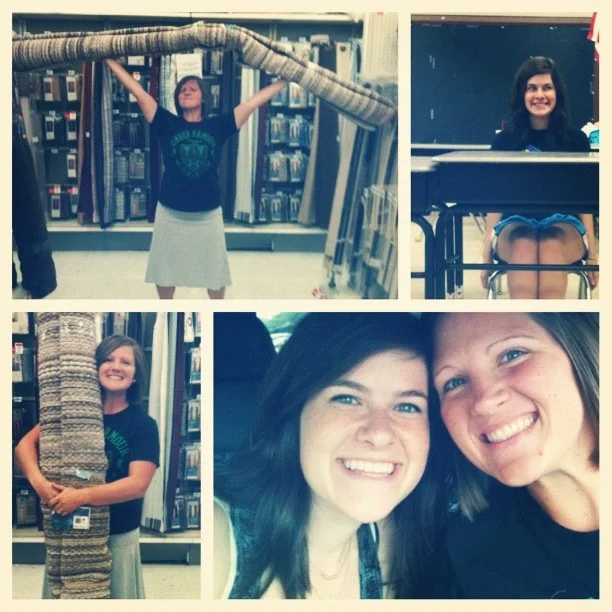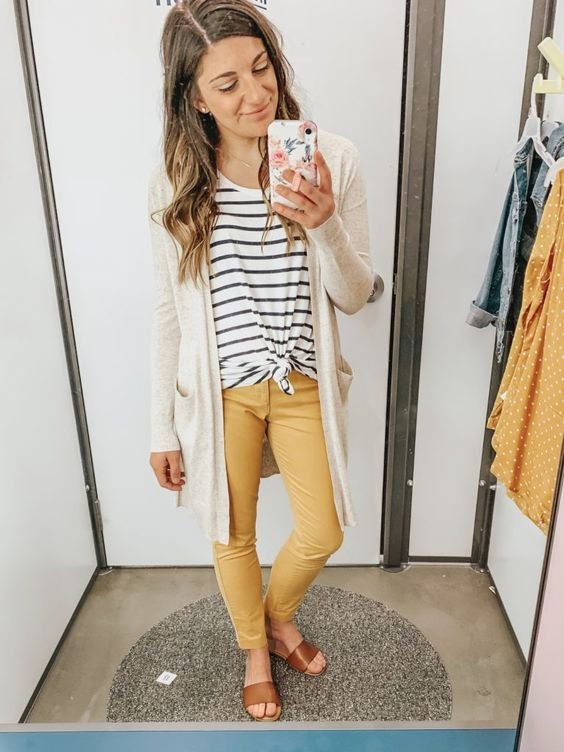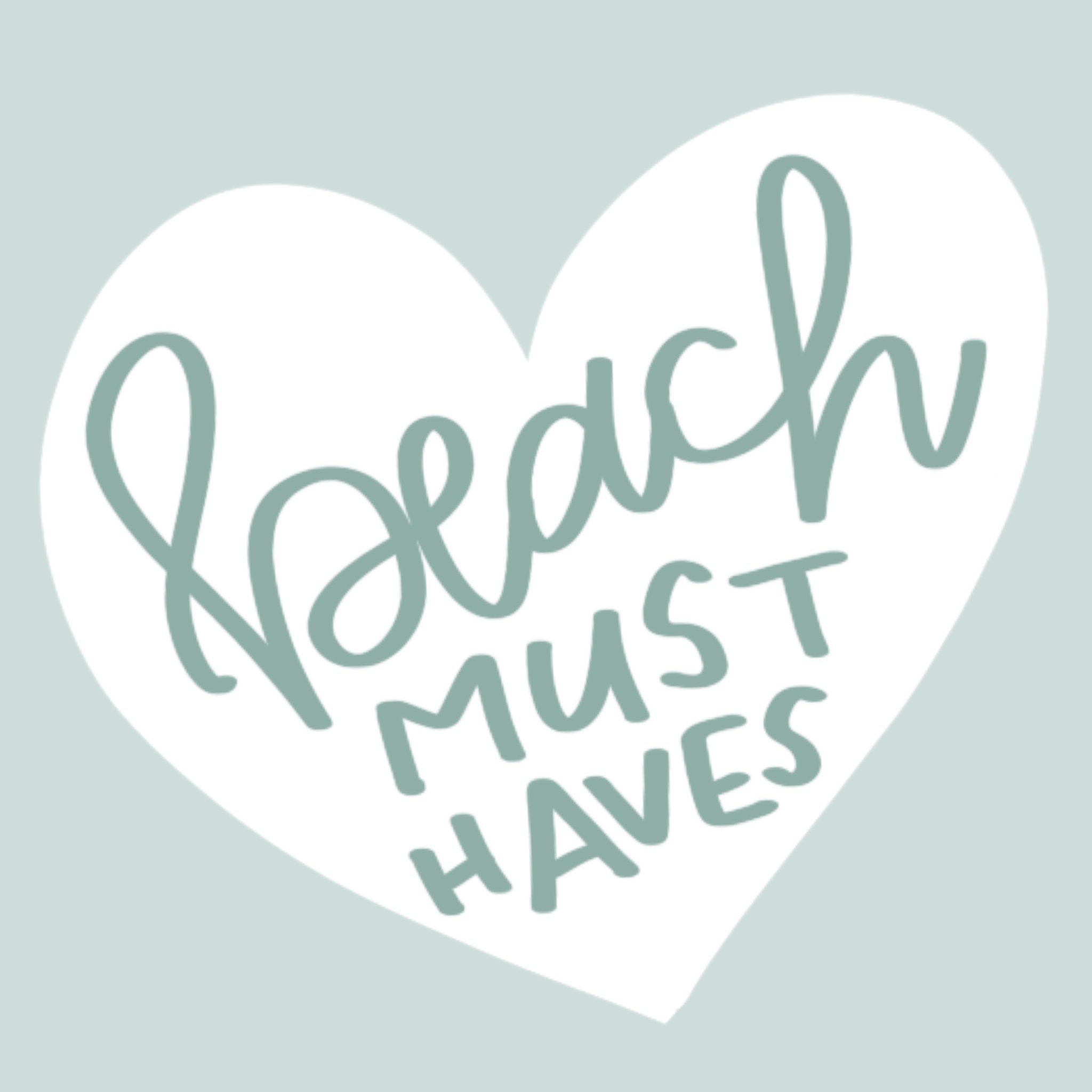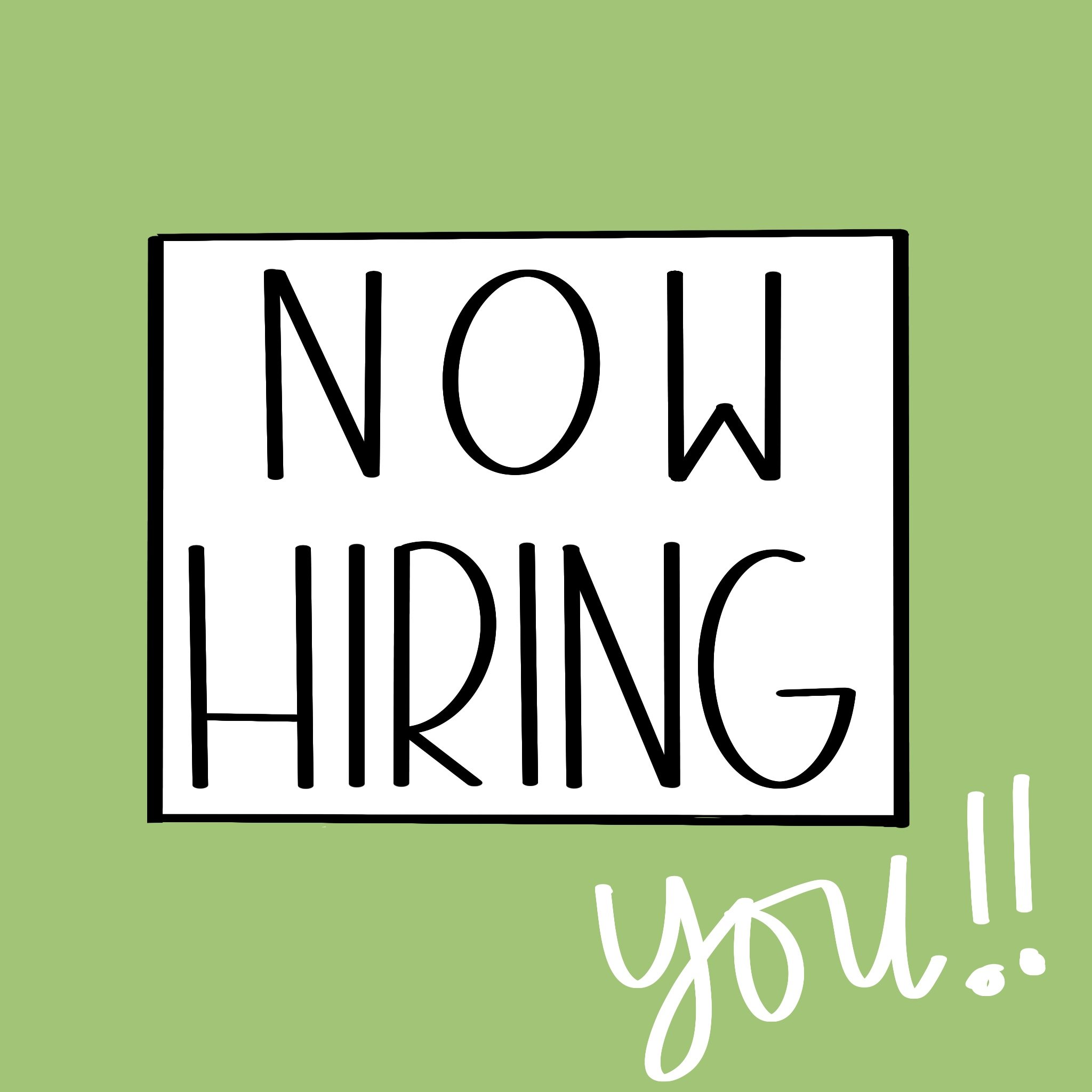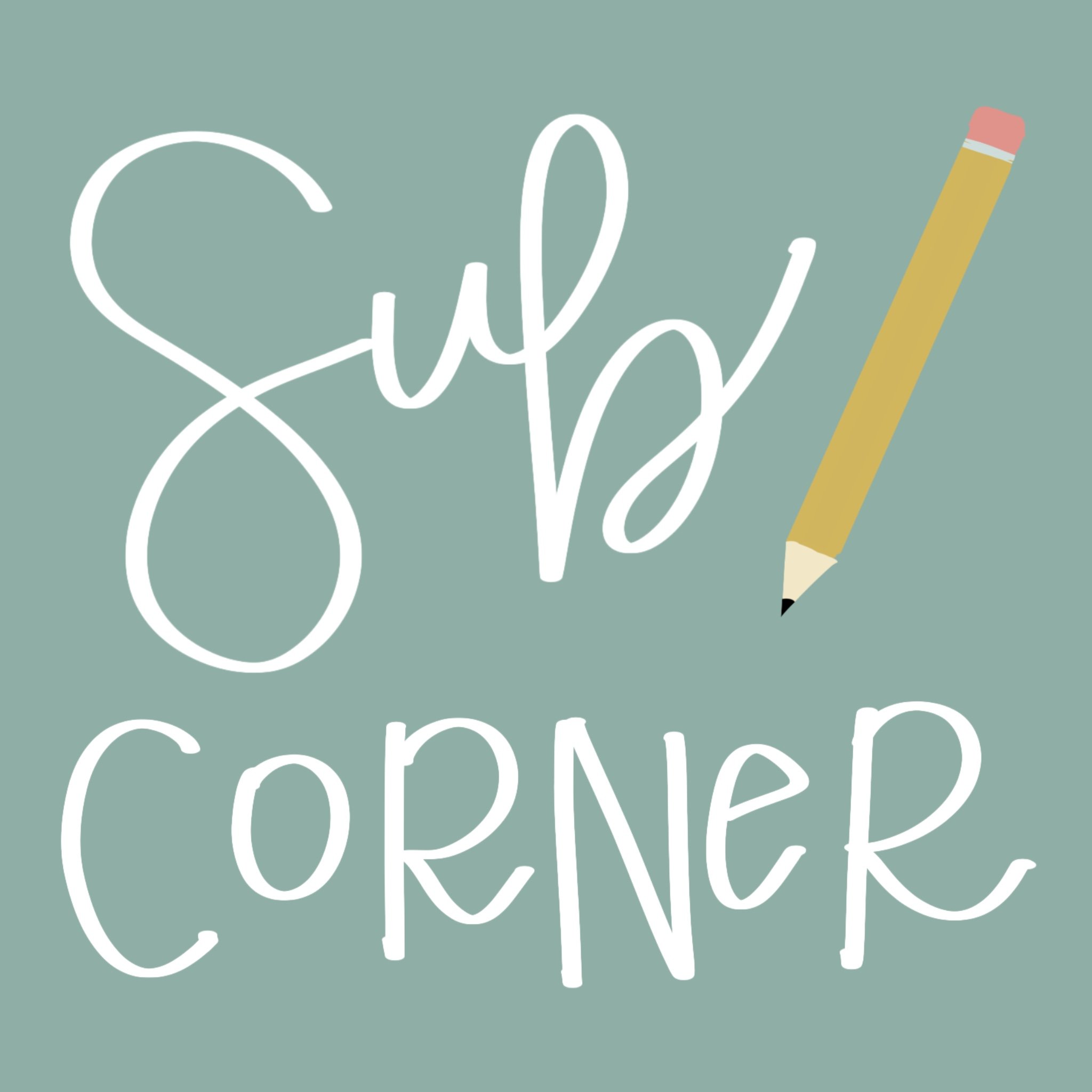How do I get hired as an Elementary Teacher?
Your Guide to Landing Your Dream Teaching Job!
About a decade ago, I went through my first round of elementary teacher interviews during my senior year of college, desperately studying all of the education lingo and example questions I could find online. I definitely learned some things in that hiring process. Fast forward ten years (with a few years spent mentoring New Teachers and staying home with my babies part time) and I am back in the interview circuit, but this time a little older and wiser.
So, with a new perspective and appreciation for the elementary teacher hiring process, I thought I would share all of my best tips and tricks so you, too, can get hired in the district of your dreams! In this article, we’re going to cover it ALL:
It’s About Who You Know - How to familiarize yourself with a school/district to get hired as a teacher
It’s About What You Know - How to display your knowledge and get the teacher job interview
It’s About Who You Are - Interview tips to land your dream elementary teacher job
Tip 1: It Is Kind of About Who You Know
Have you heard the old saying, “It’s not what you know but who you know?” Many districts unfortunately (and fortunately in some ways) operate like this. I mean, it makes sense! Of course they would rather hire a teacher they’ve seen in the classroom, or at least know someone who can speak to their character and work ethic. With the internet available, many teacher candidates come into interviews knowing how to answer the questions but being known in the district is worth ten times more.
So, like…HOW do you become known?
Student Teaching
If you are looking to work in the same area you are currently student teaching, the building you teach in is seriously your biggest asset. One of my favorite professors told us in undergrad - “Treat every day of student teaching like an interview.” That means dress professionally, ask for feedback, be a team player, put on a happy face, and be teachable. Building principals are not looking for student teachers or new hires who are already perfect and seasoned at their craft but they DO want to see someone who interacts well with students and staff, who is energetic and ready to learn, and someone who acts like they want to be there.
Another huge tip is to get to know the key players in any building where you do fieldwork or student teaching. Typically those are:
Administration (principal and vice principal)
Secretaries
Learning/Building Coaches
Any teacher you can meet 🙂
Every morning when you arrive, make eye contact with as many people as you can on that list and say “Good Morning”, get to know a little about them and their families, remind them your name, etc. These relationships are huge when it comes time to hire. You don’t want your principal to say “Didn’t we have a student teacher in 2nd grade this fall? What was his/her name? I don’t really remember much about him/her.” Instead you want it to sound like this: “Is Kendra applying? She seemed to get along really well with the 2nd grade team and was such a positive person in the building this year! We need her!”
And don’t be afraid to be blunt about your hopes. Almost every principal I know would agree with that statement. Once you have built the relationship, don’t be afraid to walk down to principal’s office at the end of the day and say something like:
“Hey, Mr. Smith, do you have a few minutes? I just wanted to tell you how much I have appreciated being part of this staff and learning from you and the teachers. The culture in this building is something I look forward to each day and I have already grown so much. I will be submitting my application to work in the district this month, and I would love an opportunity to work in this building if you have any spots available where you think I would be a good fit.”
Spoiler alert: I got my first teaching job following this exact plan. My resume and cover letter definitely weren’t terrible, but my principal at the time joked that she didn’t even read them because she already knew my character, work ethic, and general outlook from the semester I spent in her building as a student teacher.
A picture collage circa 2012 (check out that quality Instagram layout and filter) of baby Kendra shopping for my first classroom with my student teaching mentor. It was SO FUN to be able to start my teaching career in a building where I was already so comfortable and with teachers that quickly became friends.
Substitute Teaching
If you are past the student teaching time or would like to explore another district, substitute teaching is easily the next best option. Similar to student teaching, it gives the office staff an opportunity to see you in action. They can see how you interact with students/staff, your work ethic, and simply put a face with your name.
Substitute teaching is also a great opportunity to experience a district from the inside. As I considered going back to the classroom full time, I’d heard a lot of opinions about the different districts around me but hadn’t personally experienced any of them. So, what better way than to actually get in there! If you have your teaching certificate, it is a pretty easy process to become a sub. Even if you don’t, the process is totally doable. Just go to the district website of your choice and there will typically be a “Career” or “Work for Us” tab where they will have information listed about becoming a substitute.
If you’re worried about time because you are still in school or you work another job currently - I promise it is doable. Guess how many days I had available to sub in a building before getting an interview this year? Two. Over the course of a month I subbed TWO days and they said, hands down, that is why I was called in for an interview. So, if you are a student, look at your breaks. College breaks are often far longer than elementary school holidays so you could squeeze in some sub days there. Do you have one or two days without classes? Do those! If you only have morning classes, there are often half day sub jobs available too!
One of the huge benefits of subbing is that you set your own schedule and choose the jobs to accept. I work part-time as a New Teacher Coach this year, so I block out every other week on the subbing app and sift through the open jobs available on the other weeks until I find buildings and days where I have interest/availability.
You can also sub in multiple districts at once to really get a feel for the vibe in those districts quickly. When subbing, I spend my lunch and recess really chatting it up with the teachers asking all kinds of questions like:
How long have you worked here?
What’s the turnover like?
How is staff morale?
What is your principal like?
How are the behaviors?
Do you picture yourself staying here for a while?
Teachers will be HONEST so they are the best way to really find out some good information. These conversations are also a great place to shamelessly ask, “Do you think there will be any openings for next year? I’m actually hoping to work in this district next school year so I’m currently trying to get to know the different buildings.” If they seem positive about you and the situation, write down your name and say something like “Here’s my name if you ever need a sub for your room! And if a job opening does come up, I’d love it if you’d put in a good word for me.”
I know it can feel uncomfortable to put yourself out there like that, but hopefully you only have to do it this year. Then next year you’ll be working in a building where you really connected with other teachers! Once you find a building you love, keep subbing there! Don’t give up!
(Want some more tips about how to have a smooth start in subbing? Check out my post here)
Reach Out
Ok, maybe you are like… “No, really… I can’t student teach or sub in the district where I’m hoping to work.”
If that’s the case, my last tip is this: be brave and start asking around. Find out who you know in the districts where you’d like to work. Sometimes this can be done by word-of-mouth. Anytime you are with a new group asking, “Hey, do you know anyone that works in Prairie View School District? I am applying for teaching jobs next year and just have a few questions about the district.” You could also throw something out on social media like “Hey, I have a few questions about the school districts in the Prairie View metro area - if you teach in one or have opinions, can you reach out to me? I’d appreciate it!”
By saying you have some questions, it doesn’t feel quite as forward as, “Can you get me a job?” Then, when you connect, ask similar questions like we talked about in the subbing section with the teachers. You’d be surprised how often that will lead to, “Let me give your information to my principal! I think you’d love it!”
Tip 2: It Is Also About What You Know
Now that you have done some legwork getting your name out there, it is time to prep your stuff. Making those connections can be crucial to build trust and rapport, but administrators and interviewers have no idea about your qualifications and skills unless you tell them. This is where you get to talk yourself up. Your Highlight Reel. I’m talking your Portfolio - Cover Letter, Resume, References, and more.
Cover Letter
This is what will go with your resume and really let’s the hiring team hear your voice. Think of your Resume as a snapshot of all of your accomplishments and the Cover Letter as a snapshot of who you are as a person and educator. Customize your cover letter for each application, highlighting your passion for teaching and how your experiences align with the district's values. You can also mention any connections or insights you've gained from your networking efforts.
Introduction: Begin your cover letter with a strong opening statement that clearly states the position you are applying for and why you are interested in it.
I am (your name), a passionate (subject) educator with (#) years of experience in (setting). I am writing to express my interest in (position). This position would be a perfect fit for me because (explanation).
Highlight Your Qualifications: Use the body of your cover letter to highlight your relevant qualifications and experiences. Mention any certifications, relevant coursework, or teaching experiences that make you a strong candidate for the position. Really think about the specific school and position - go look at their website and see what they value. Do they talk about being student-centered? Describe ways you make your classroom a student-centered environment. Big on technology? Discuss ways you use technology in educational settings. Check the job posting and find out what they are looking for in a candidate and then show how you demonstrate those skills.
Showcase Your Skills: Discuss your teaching philosophy and any unique teaching methods or strategies you use in the classroom. Highlight your ability to create a positive and engaging learning environment for students. What would they see if they walked into your classroom? Help them truly see what you bring to the table.
Closing: End your cover letter with a strong closing statement that reiterates your interest in the position and expresses your enthusiasm for the opportunity to contribute to the school community. This could include a Call-To-Action like “Thank you for considering my application. Please feel free to contact me at [phone] or [email]. I look forward to meeting with you to discuss what I have to offer to [school].”
Resume
Tailor your resume to emphasize relevant experiences and skills. Include any certifications, awards, or professional development activities that set you apart.
Contact Information: Include your name, address, phone number, and email address at the top of your resume. Note: If you don’t have a professional email, this might be a good time to snag one. While your college email works for a lot of things, I would suggest using a separate personal email for applications. (Preferably not BigBooty24@gmail) A good option is something like FirstName.LastName@email.
Objective Statement: Write a brief objective statement that summarizes your career goals and what you hope to achieve as an elementary school teacher. These are often written in third person like, “Creative, passionate elementary teacher dedicated to engaging and empowering students through connection. Committed to a student-centered teaching philosophy anchored in strong relationships. Skilled at integrating technology and designing meaningful learning experiences to reach every learner at their level.”
Adjectives to describe you: Passionate, Dedicated, Committed, Innovative, Creative, Enthusiastic, Patient, Empathetic, Motivated, Inspiring, Adaptable, Organized, Resourceful, Collaborative, Caring, Engaging, Knowledgeable, Flexible, Supportive, Energetic.
Teaching philosophy words: Collaborative, Inquiry-based, Experiential, Hands-on, Differentiated, Student-centered, Active, Reflective, Holistic, Engaging, Socratic, Interactive, Authentic, Culturally-responsive, Technology-integrated, Project-based, Problem-solving, Flexible, Personalized.
Education: List your educational background, including any degrees, certifications, or licenses you hold relevant to teaching.
Teaching Experience: Detail your teaching experience, including the grade levels and subjects you have taught. Highlight any accomplishments or awards you have received as a teacher.
Skills: List any relevant skills, such as proficiency in educational technology, fluency in a second language, or experience with special education students.
Professional Development: Mention any professional development opportunities you have completed, such as workshops or conferences related to teaching.
References: Include references from previous employers or colleagues who can speak to your qualifications as a teacher.
References
One of the key components of your application will be securing strong references that showcase your potential as an educator. Think through your meaningful relationships that can speak to your academic abilities, work ethic, and passion for teaching - professors, academic advisors, and mentors. If none come to mind, try to attend office hours, participate in class discussions, and engage in extracurricular activities related to education to connect with potential references.
You can also take advantage of networking opportunities within the education community. Attend education-related events, conferences, and workshops to meet other aspiring teachers, educators, and school administrators who may be able to provide you with a reference in the future.
If your program includes internships or field experience, use these opportunities to build relationships with experienced educators who can serve as references. Demonstrate your commitment to learning and your ability to work effectively in a classroom setting.
Typically, positions will request 3 references. If you are just starting out, try to get one education reference (mentor teacher or principal at student teaching placement), one academic (education professor), and one previous employer (does not have to be education job). If you do not have those 3, you can use one character reference (someone you have worked with or a mentor in your life that can speak to who you are as a person and why you would be a good fit for the role - this cannot be someone related to you). Remember earlier when we talked about WHO you know? This would be a great time to include a reference from within the district where you are applying so the name is recognizable.
When requesting a reference, provide your reference with all the necessary information, such as the job description, your resume, and any specific qualities or experiences you would like them to highlight. Be sure to ask for permission before listing someone as a reference.
After someone has agreed to provide a reference for you, be sure to thank them for their support. A sincere thank-you note or email can go a long way in maintaining a positive relationship with your references.
Other Things You May Want in your Portfolio
Educational Background: Provide copies of your transcripts and any relevant degrees or certifications you have obtained. This helps to verify your educational background and qualifications as a teacher.
Lesson Plans and Resources: Include samples of lesson plans you have created, along with any teaching materials or resources you have developed. This demonstrates your ability to plan engaging and effective lessons that meet the needs of diverse learners.
Student Work Samples: Include examples of student work that demonstrate progress and achievement. This could include writing samples, artwork, or projects that showcase your students' learning under your guidance.
Assessment and Evaluation: Include examples of how you assess student learning and evaluate their progress. This could include rubrics, quizzes, tests, or other forms of assessment you have used in your teaching practice.
Professional Development: Include a list of any professional development activities you’ve completed, such as workshops, conferences, or courses related to education. This demonstrates your commitment to continuous learning and professional growth.
Phew - Getting your portfolio together is probably the most labor-intensive part of prepping for an interview. The nice thing is that once you have it done, you will only have to update and tweak from here on out!
Tip 3: Ultimately, It’s About Who You Are
Yes - securing a teaching position involves a mix of who you know and what you know. Building relationships, gaining experience through subbing, and showcasing your skills and passion in your application materials and interviews are definitely a huge part of landing that interview.
Once you’ve secured the interview (or interviews!), let’s get YOU ready.
What to Bring
I think it is a great choice to bring a printed copy of your portfolio. This allows you to have it for reference when asked particular questions like “Tell us about a lesson you were proud of.” and you can leave a copy with the hiring team so they can have your name right in front of them.
You will also want to bring a pen and notebook. You may want to jot down a note of the names of those who interviewed you or a reminder to send them something requested during the interview.
Bring a water bottle and rescue mint. I swear during every SINGLE interview I have ever had, I get a dry spot in my throat that makes my face turn all shades of red and is frankly mortifying. So, I definitely bring in a water bottle or coffee and a mint just in case that doesn’t work.
Don’t forget to turn your phone on silent before the interview starts!!
What to Wear
You want to look professional while also appropriate for the job. You can definitely interview in a three piece suit if you’d like, but I typically wear what I would wear on a normal day of teaching, turned up one notch. For instance, in my most recent interview, I wore black pants and a blouse I wear often teaching, but put on a nicer pair of shoes than I’d typically wear.
Also think through comfort. You will be sitting during the majority of the interview, so choose an outfit that you won’t have to tug on or constantly adjust. Consider length of your dress/skirts because when you sit, you will lose a few inches. Here are some outfits I would totally wear in a teacher interview:
What to Do
In the next section, I will give you detailed example answers of how you can respond to common interview questions (because I know I loved reading through those before applying). However, I want to say this first - ultimately, they just want to meet YOU. Not internet guru or education lingo wizard. They want to hear YOUR personality and YOUR passions and what YOU bring to the team. If you sound too much like a robot, it’s hard to stand out or make them see why you are the perfect fit.
So, take a deep breath after reading the next section knowing that you are prepared and ready because YOU are the teacher. You’ve got this.
What to Say
This section is going to be a little lengthier but here are all of the questions I can remember being asked and how I answered them. Like I said above, this is just for you to get some ideas to chew on but definitely is not the golden standard of all answers. You do you!
Tell us about yourself.
Example Answer: "I knew I wanted to be a teacher from a young age. I got my undergraduate degree in Elementary Education from (College University) and my masters in Differentiated Instruction from (University College). My goal is for every student to feel successful and cared for in my classroom. I love learning from other educators and constantly building on my craft. I spent 6 years teaching in Prairie View School District in 2nd grade and have spent the past 2 years mentoring new teachers in grades K-5."
Example New Teacher Answer: "I'm a passionate educator with a strong commitment to student success. I have a Bachelor's degree in Elementary Education and have completed several internships where I gained valuable experience working with diverse student populations."
What is your teaching philosophy?
Example Answer: "My teaching philosophy is centered around creating a supportive and inclusive learning environment where every student feels valued and empowered to succeed. I believe in providing engaging and relevant instruction that meets the needs of all learners."
How do you differentiate instruction to meet the needs of diverse learners?
Example Answer: "I differentiate instruction by using a variety of teaching strategies and materials to accommodate different learning styles and abilities. I also provide individualized support and adjust my teaching based on ongoing assessments of student progress."
How do you handle classroom management and discipline?
Example Answer: "I believe in establishing clear expectations and routines from the start of the school year. I use positive reinforcement to encourage good behavior and address any issues promptly and consistently, while also providing students with opportunities to reflect on their actions."
How do you incorporate technology into your teaching?
Example Answer: "I believe that technology can enhance student learning by providing access to information and resources. I incorporate technology into my teaching through interactive lessons, online resources, and educational apps that engage students and support their learning."
How do you assess student progress and performance?
Example Answer: "I assess student progress through a variety of methods, including formative assessments, quizzes, tests, and projects. I also use ongoing observation and student feedback to monitor their understanding and adjust my teaching as needed."
How do you collaborate with colleagues and parents to support student learning?
Example Answer: "I believe collaboration is key to student success. I work closely with colleagues to share ideas and resources, and I maintain open communication with parents to keep them informed about their child's progress and involve them in their child's education."
How do you stay current with educational trends and best practices?
Example Answer: "I stay current with educational trends and best practices by attending professional development workshops and conferences, reading educational journals and books, and participating in online learning communities. I also seek feedback from colleagues and reflect on my own teaching practices regularly."
Obviously, these example answers are meant to provide a framework for your responses. You will want to build on these and personalize your answers based on your own experiences and beliefs as an educator.
Conclusion
I know it feels overwhelming and daunting to put yourself out there, get to know districts, and prepare all of these documents, but just take it one bite at a time. Make a plan for yourself on how you will accomplish each step of the process.
January would be the best goal to have all of your portfolio ready since pre-hires typically start in February. Then, most district have contracts come out in March so they will know the exact positions they will have available in late March and the next round of hiring begins then. However, candidates can get hired as late as August 1st so it is never too late to submit your application.
If you do not snag your dream job this year, don’t give up! Spend the next year subbing your HEART out and I bet those doors will start opening up for you so soon. (And subbing pays, so win-win!)
I have so much faith in you and I can’t wait for these administrators to truly get a solid picture of who you are as a person and an educator.
YOU’VE GOT THIS.

